When you hear the word 'Indonesia,' the first things that come to mind are Bali's beaches, surfing, and a tropical paradise. But the true soul of this country lies in its volcanoes. Here, the earth literally breathes fire.
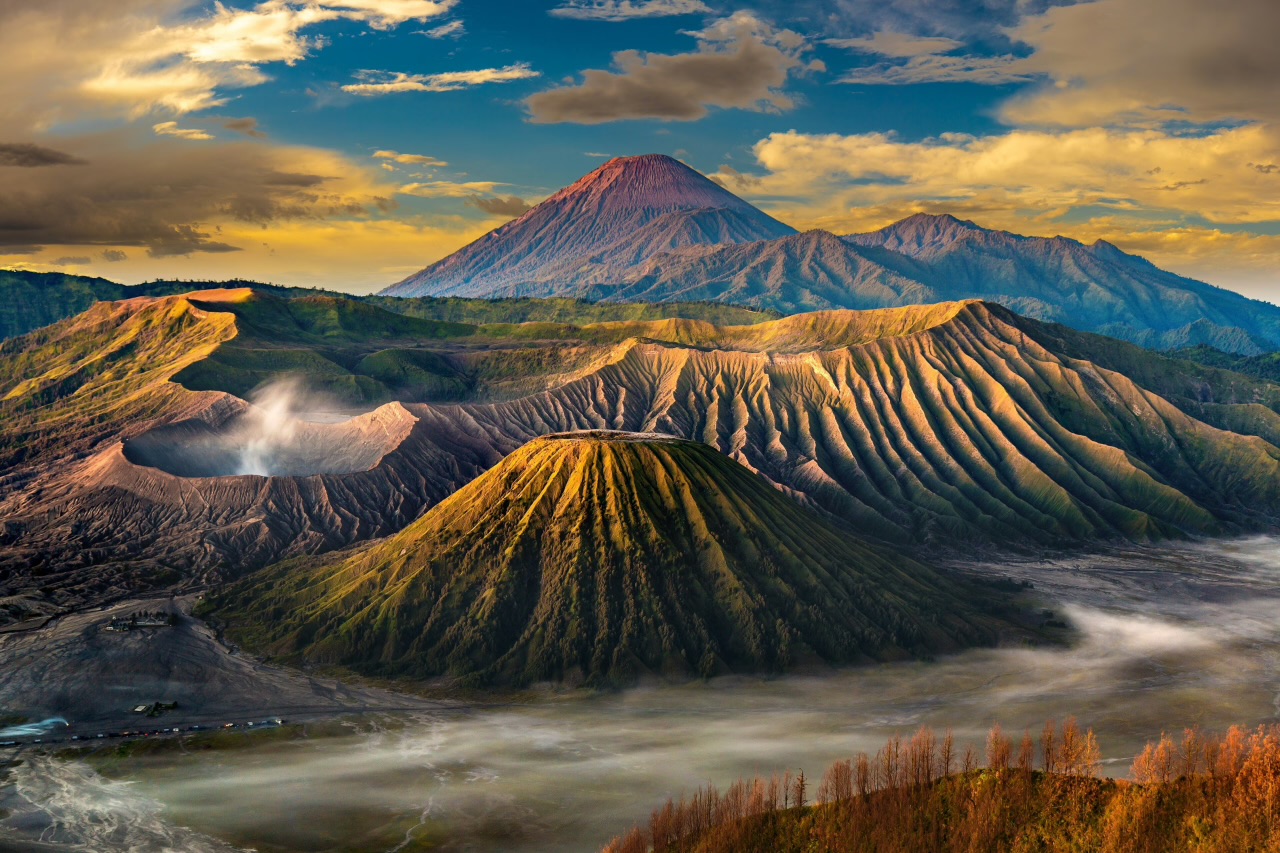
Indonesia is located within the Pacific Ring of Fire, a giant arc of 450 volcanoes encircling the Pacific Ocean. In this zone, tectonic plates collide, mountains form, oceanic trenches develop, and new islands emerge. The Indonesian archipelago itself resembles a necklace of fiery mountains, with 127 active volcanoes that smoke, erupt, and continuously reshape the country's landscape.
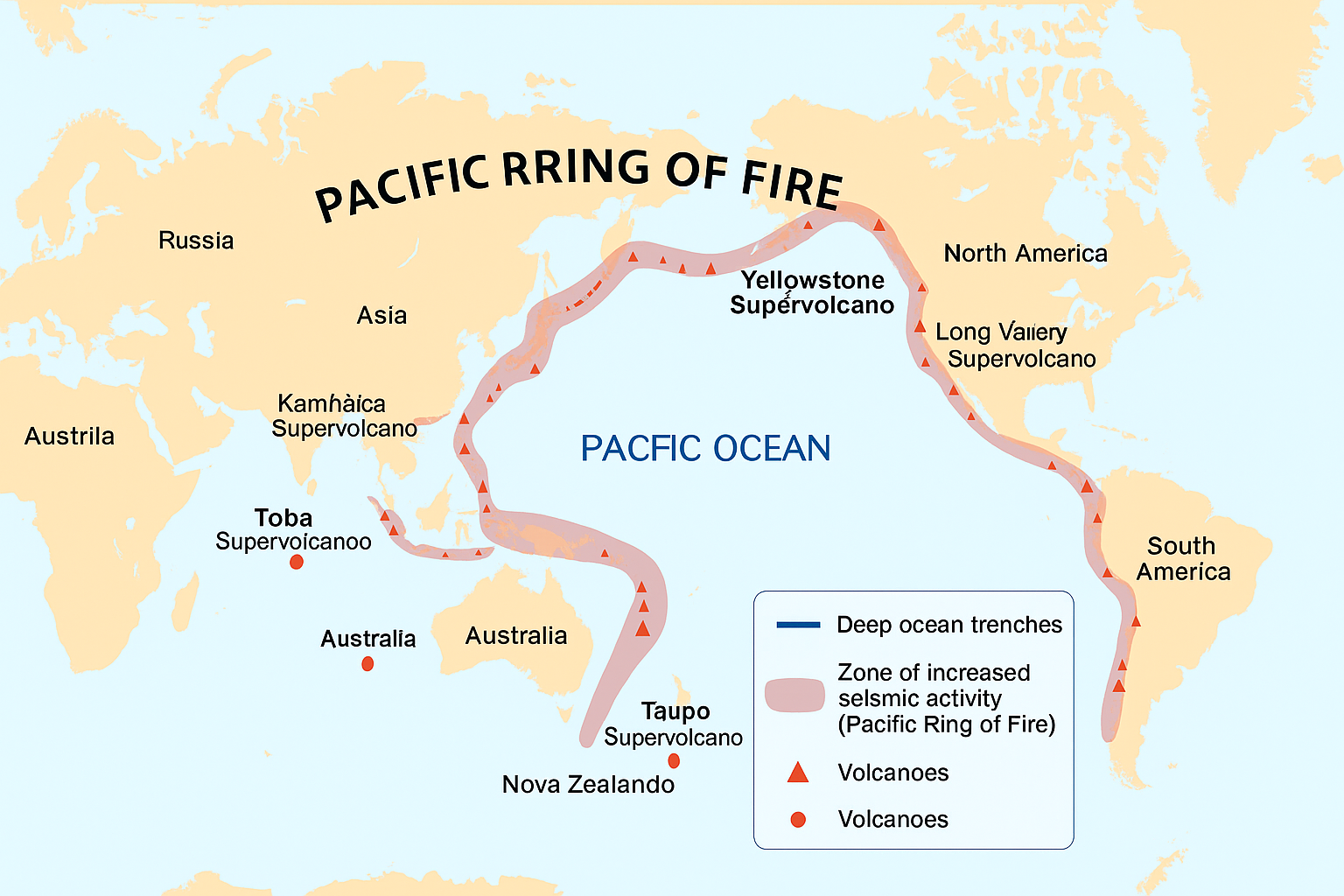
It is thanks to the volcanoes that Indonesia's soils are incredibly fertile and the landscapes so lush and green. Volcanoes are both a destructive force and a source of life.
Types of Volcanoes by Shape
Volcanoes can be classified by their shape:
1. Shield Volcano
Shield volcanoes are composed of layers of hardened lava that was very fluid during an eruption. This results in gentle slopes, resembling a shield. Their eruptions are calm, without powerful explosions. The liquid magma surfaces slowly, barely causing any eruptions.
Features:
- Shallow magma chamber.
- Very fluid lava that covers large distances.
- Gentle mountain slopes.
Examples of shield volcanoes are rare in Indonesia; most Indonesian volcanoes are stratovolcanoes.
2. Maar Volcano
A maar is a volcano with a wide crater formed by a powerful phreatomagmatic explosion when magma interacts with underground waters. Such an explosion ejects a large amount of solid material: ash, rocks, and rock fragments.
Features:
- Funnel-shaped crater.
- Shallow magma chamber with high pressure.
- Characterized by the ejection of solid rocks and ash.
Example: Lamongan volcano in East Java with the Klakah crater.
3. Stratovolcano
The most common type of volcano in Indonesia, having the classic cone shape. These volcanoes are formed by alternating flows of lava and ash deposits that layer over each other.
Features:
- Deep magma chamber.
- Viscous magma that tends to erupt.
- Prone to recurrent eruptions.
Examples: Mount Merapi, Tangkuban Perahu.
Types of Volcanoes by Activity
Indonesian volcanoes are categorized into three activity levels:
1. Active
These are volcanoes that have erupted at least once in the last 10,000 years. They frequently show activity: emitting smoke, ash, and causing local earthquakes.
Examples: Merapi (Central Java), Sinabung (North Sumatra).
2. Extinct
Volcanoes that haven't erupted for thousands of years and show no signs of activity. They are considered 'forever asleep,' but geologically, this isn't always the case.
3. Dormant
Volcanoes that haven't erupted in recorded history but still have the potential to awaken. They can remain inactive for tens of thousands of years, but subsurface activity signs are observed.
Examples: Kelud (East Java), Kerinci.
Types of Volcanoes by Eruption History
There is another classification based on documented eruption history:
1. Type A Volcano
Has erupted at least once since 1600. There are 79 such volcanoes in Indonesia.
2. Type B Volcano
The last magmatic eruption was before 1600, but activity persists in the form of solfataric emissions and other signs. There are 29 such volcanoes.
3. Type C Volcano
No historical eruption data, but traces of activity remain: fumaroles, thermal springs, solfatar fields. Indonesia has 21 such volcanoes.
The Most Famous Volcanoes in Indonesia
Bromo (East Java). Famous for its sunrises and the 'sea of sand' — a vast desert in its caldera. One of the most visited volcanoes in the country.
Rinjani (Lombok) — the second highest volcano (3,726 m). In the crater is the picturesque Segara Anak Lake. A popular trekking route.
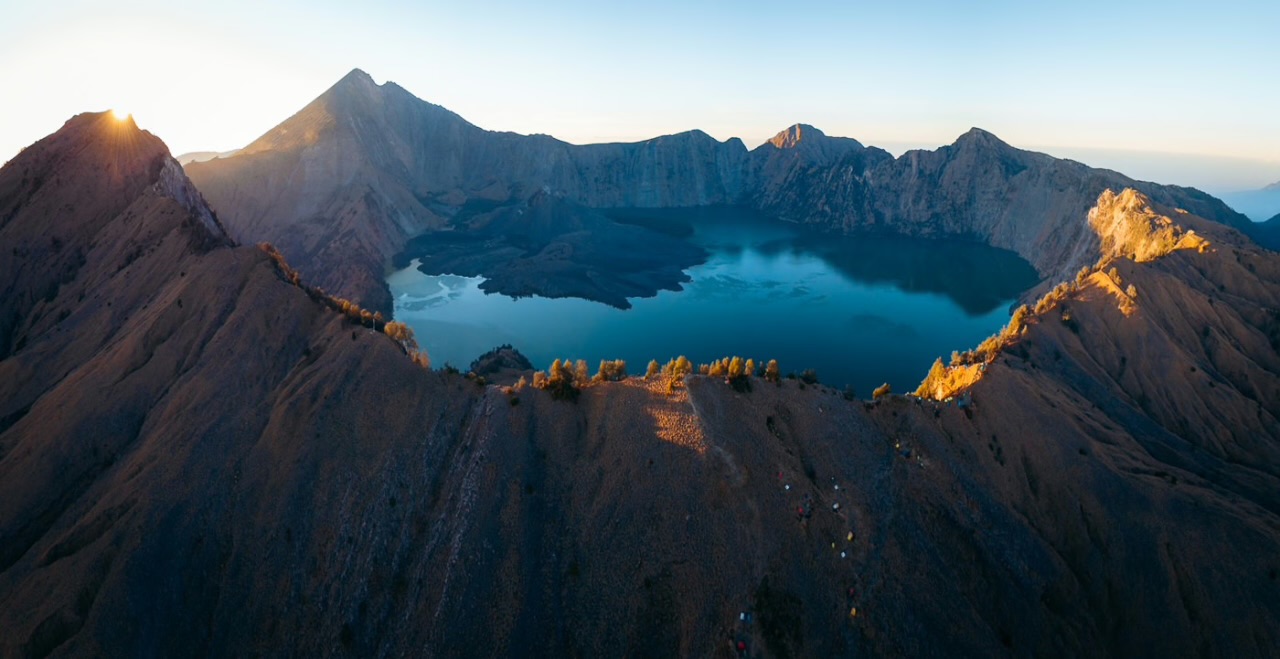
Merapi (Central Java). The most active volcano in Indonesia. Frequent eruptions threaten nearby areas, including Yogyakarta.
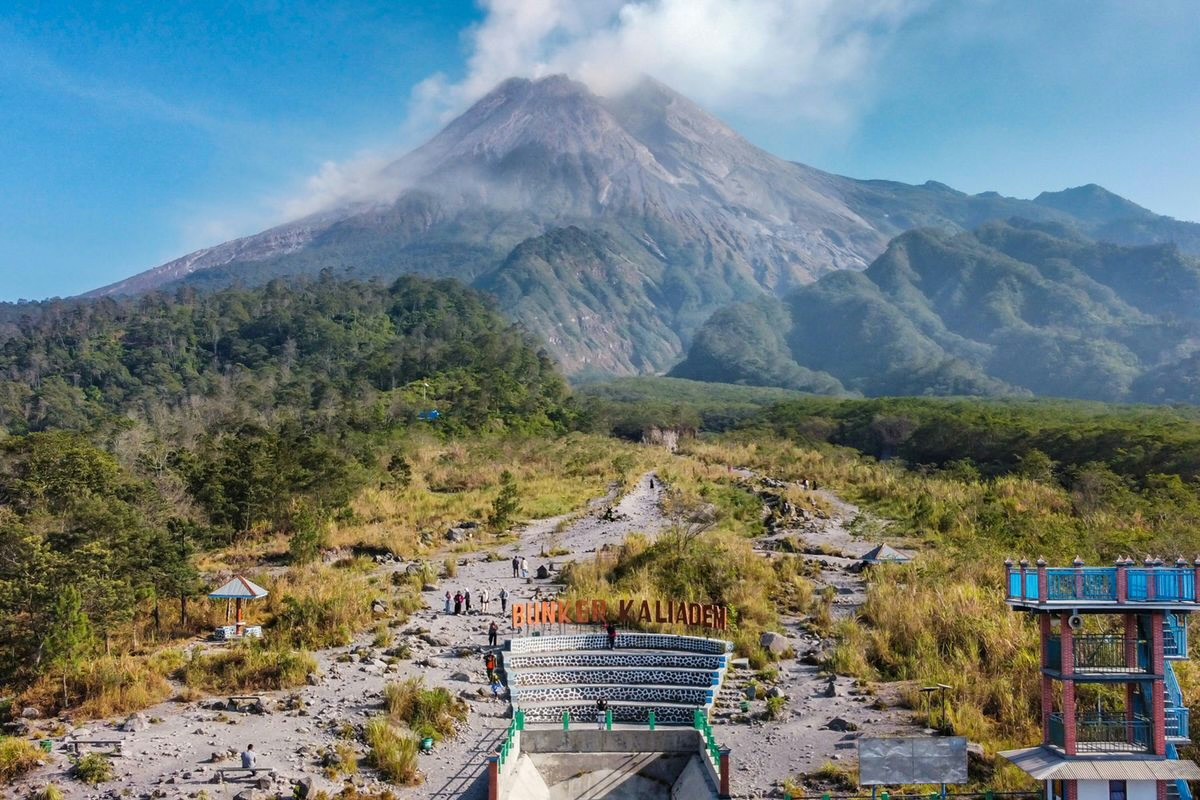
Agung (Bali). A sacred mountain for Balinese, the highest point on the island (3,031 m). Agung's eruptions can affect air travel.
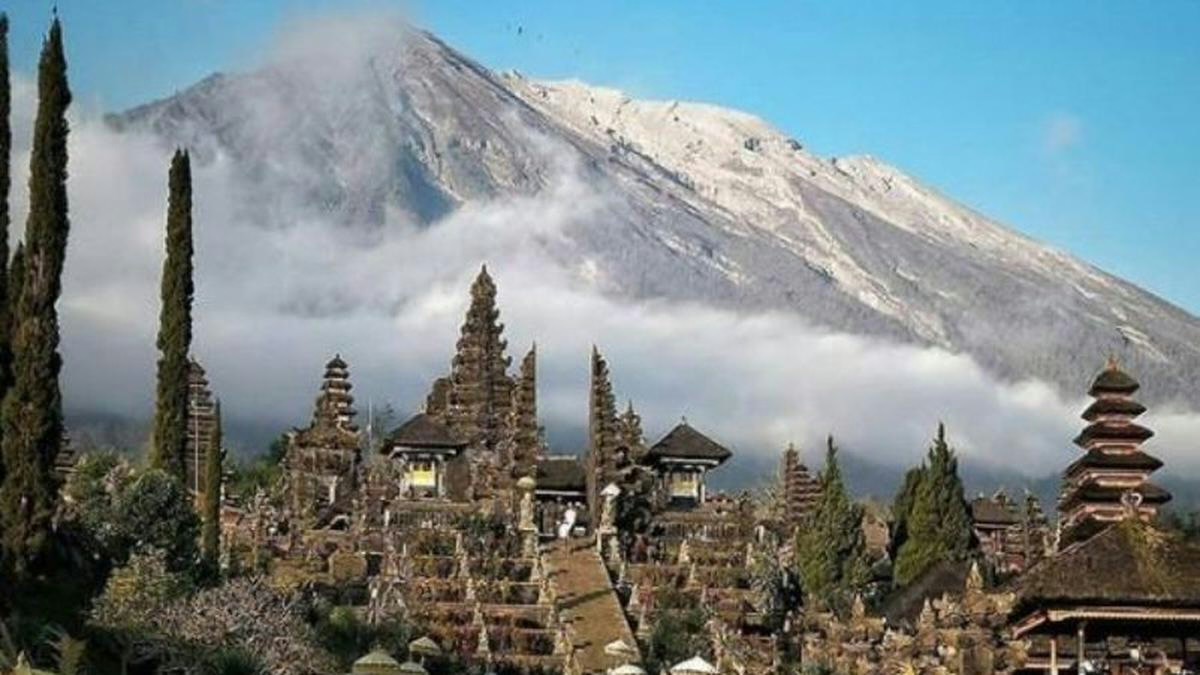
Ijen (East Java). Known for the 'blue fire' phenomenon created by burning sulfur gases. In the crater is a turquoise-colored acid lake. Sulfur is extracted manually here.
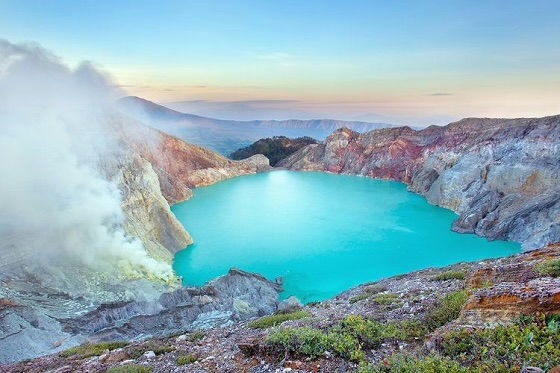
Sinabung (North Sumatra). After a 400-year dormancy, it became active in 2010. Since then, it has erupted regularly, severely affecting nearby villages.
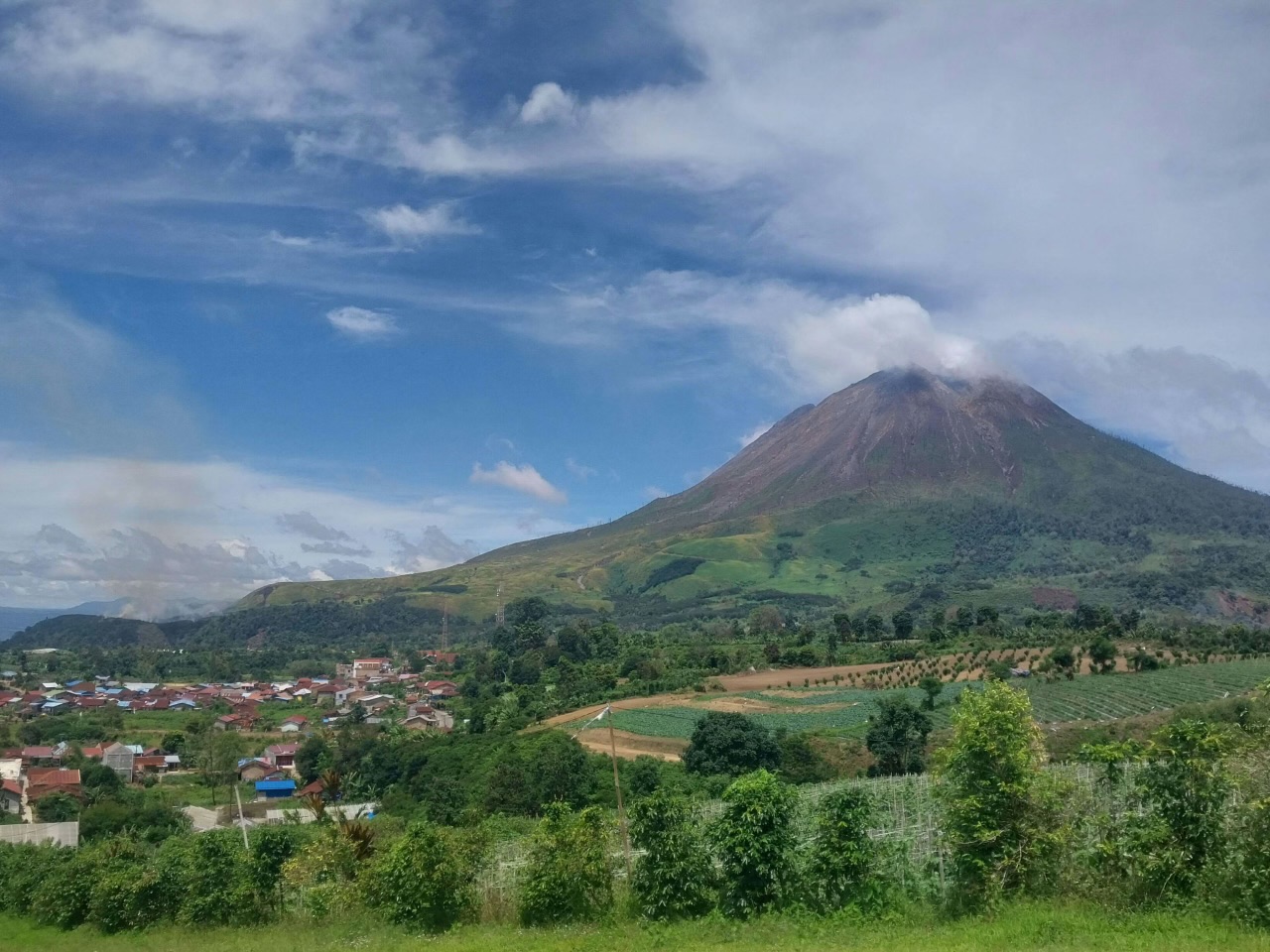
Krakatau (Sunda Strait). The legendary volcano whose 1883 eruption was one of the most destructive in history. On the site of the former crater is a new island, Anak Krakatau ('Child of Krakatau'), which is also active.

Kelimutu (Flores). Known for its three crater lakes that change colors from turquoise to dark red. It holds mystical significance for the local people.
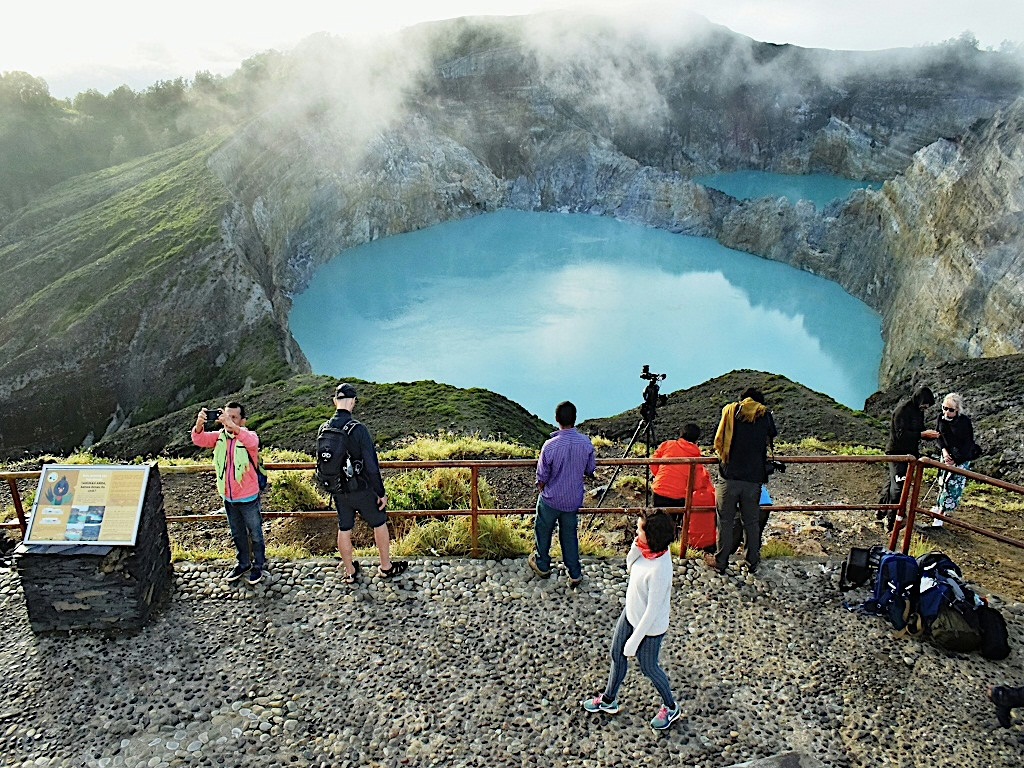
Semeru (East Java). The highest volcano in Java (3,676 m). Almost constantly smoking. A favorite place for mountaineers.
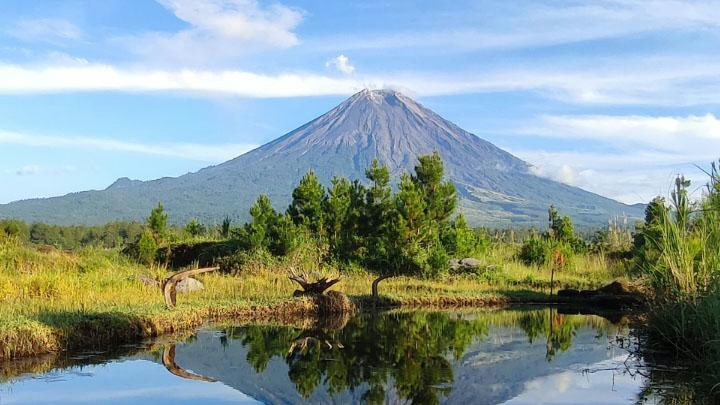
Toba (North Sumatra). A caldera formed after a massive eruption approximately 74,000 years ago. It now hosts Lake Toba, the world's largest volcanic lake.
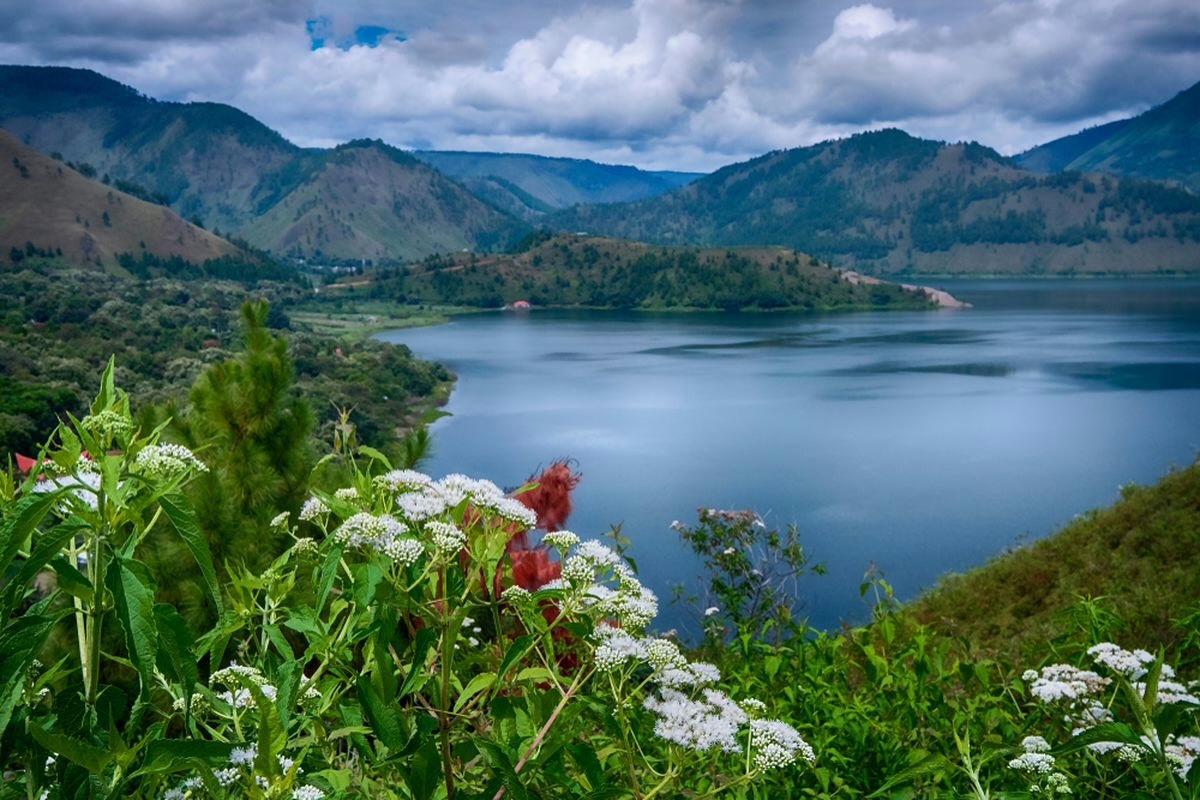
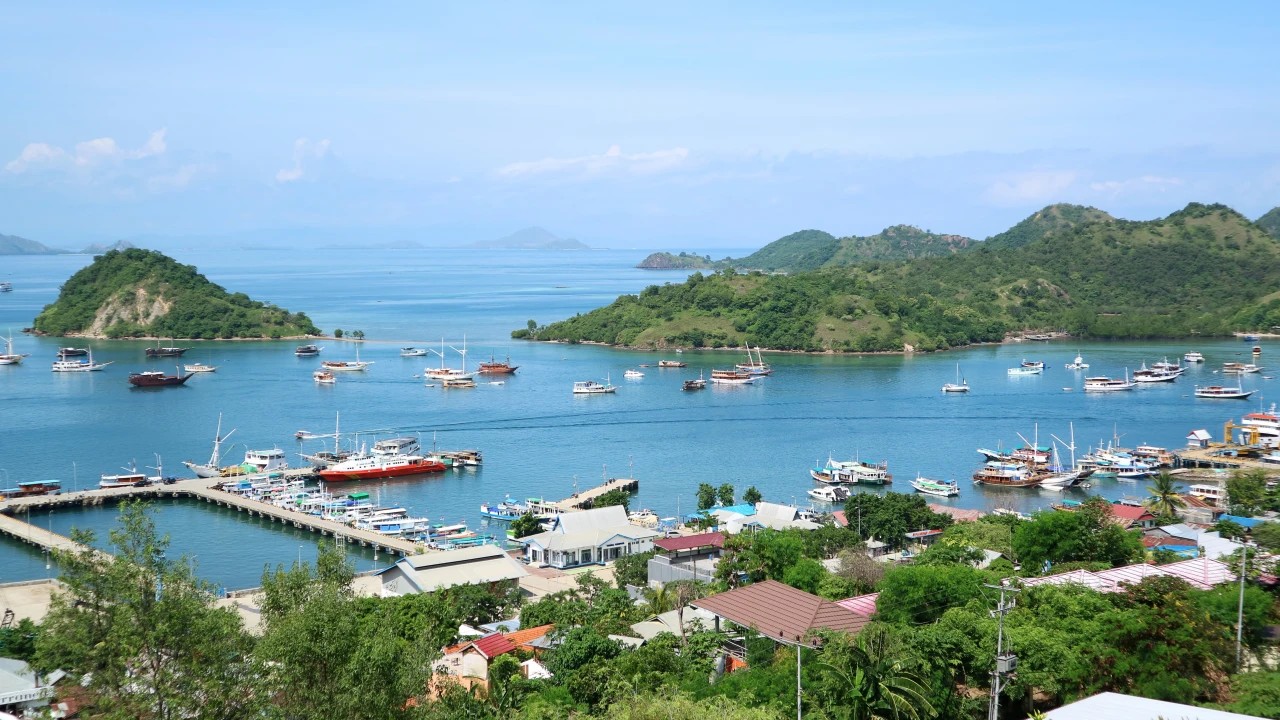

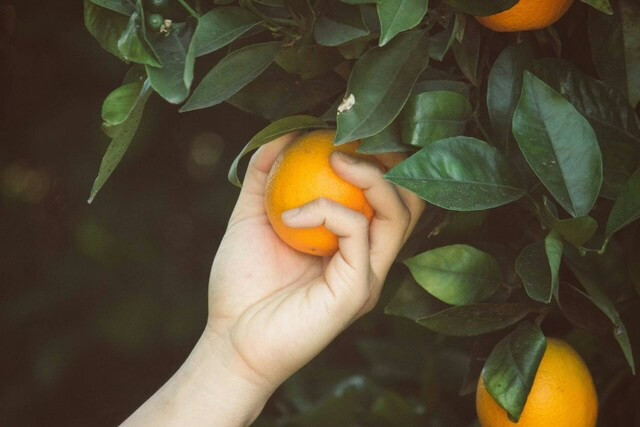
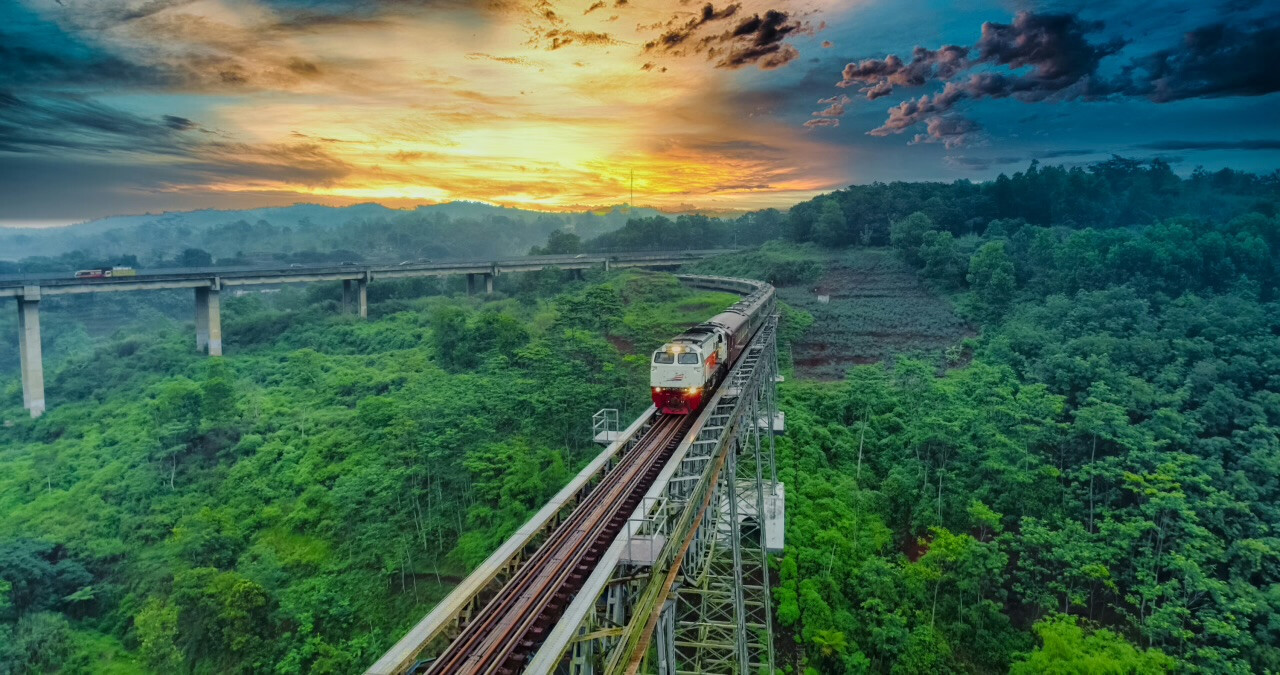
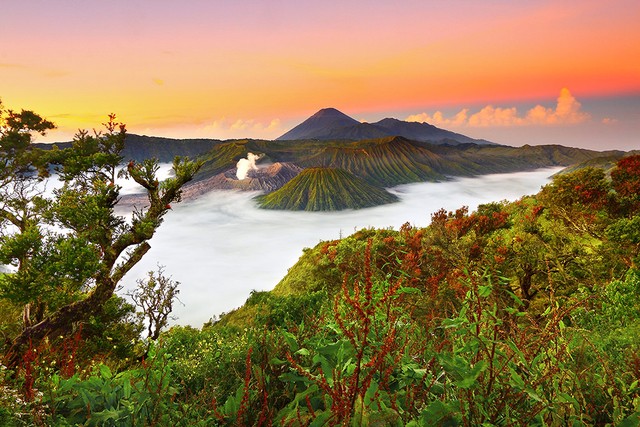
You can add one right now!